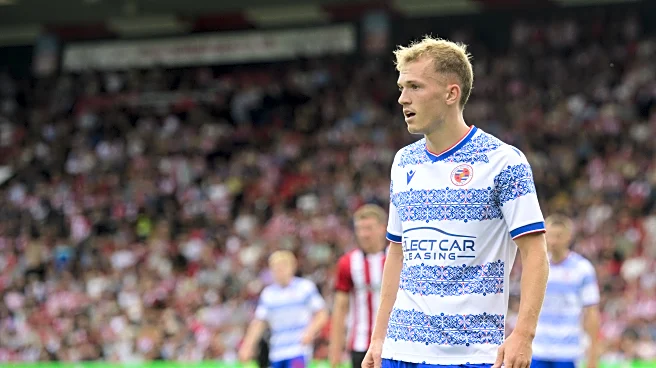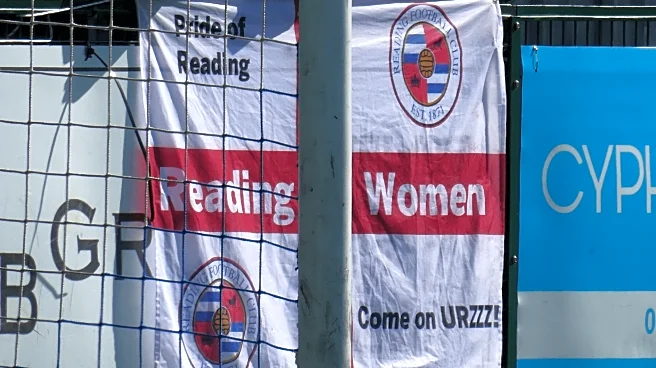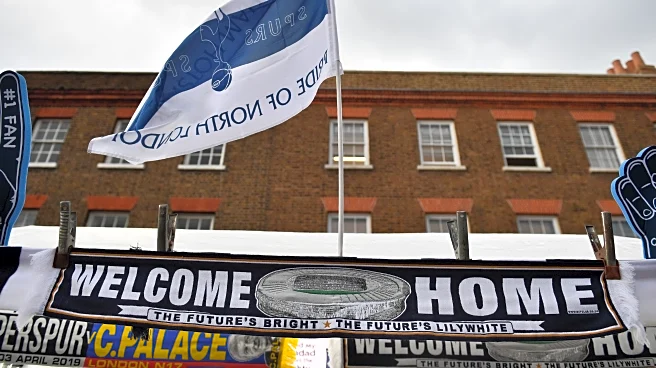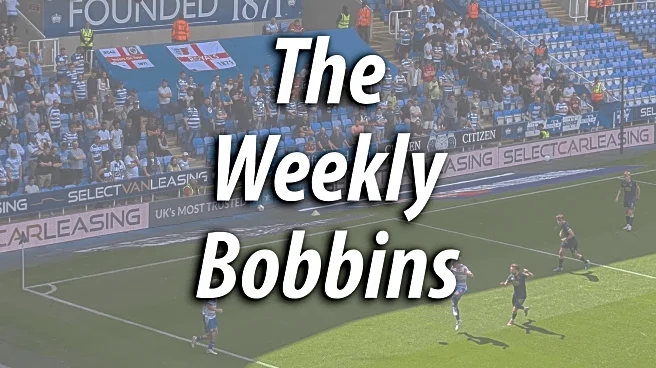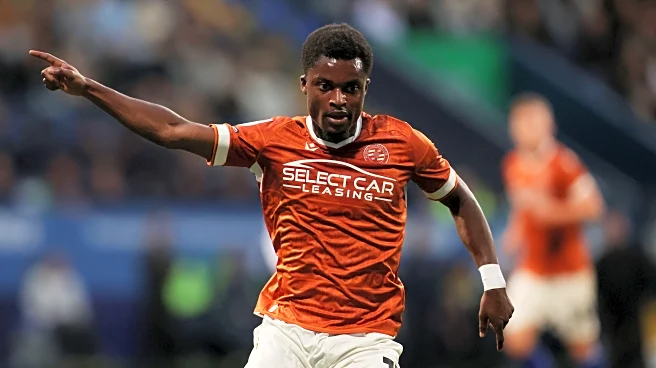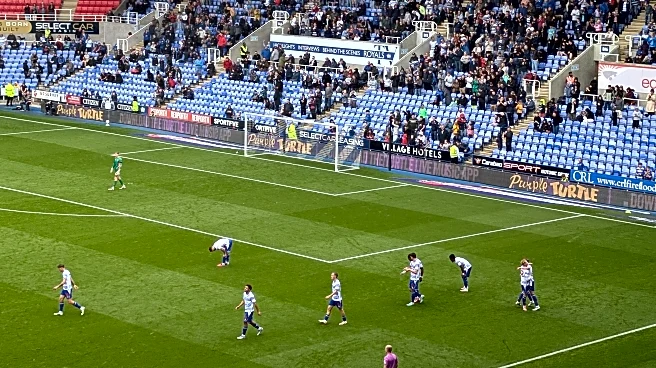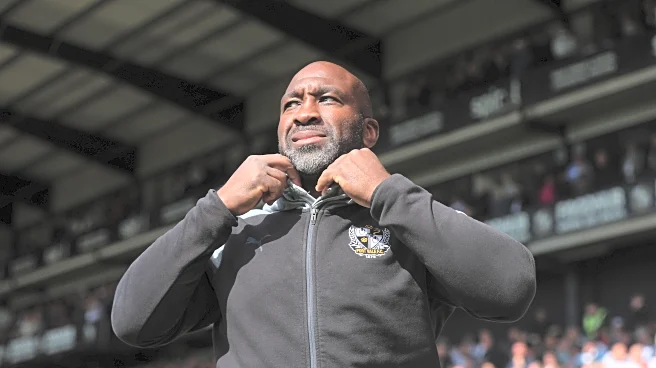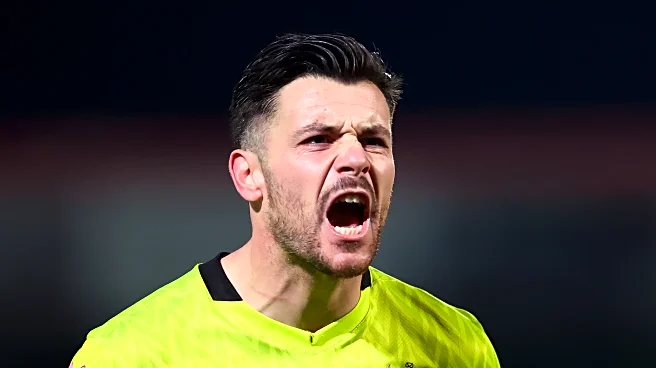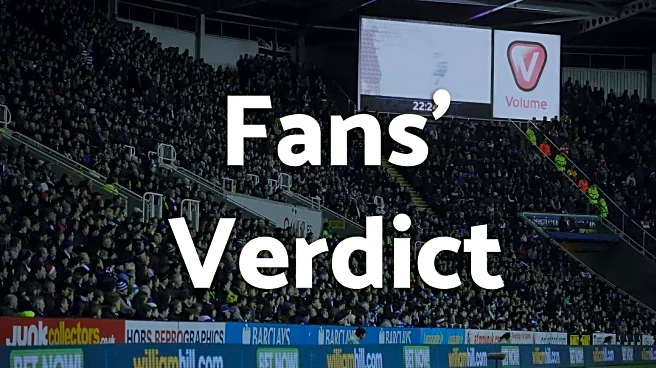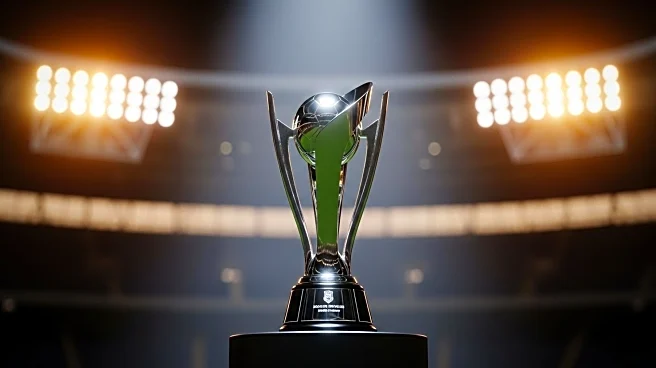
The summer 2025 transfer window is finally shut and Reading’s months-long rebuild is at end. Attention will imminently turn to what Noel Hunt can do with the squad he now has at his disposal, but right now, let’s recap what the Royals have done in the market and assess how good the club’s business has actually been.
As of the publication of Reading’s retained list in mid-May, the squad was, well… rather limited. With a bunch of first-team options released, the Royals were actually in a position where
there were more out-of-contract players who’d been offered new terms (those in red just below) than there were players with active contracts (denoted with white text).

The subsequent months were busy.
Of the 22 players at first-team and academy level offered new terms, 19 renewed (as well as Lewis Wing, who wasn’t out of contract) and three departed (Amadou Mbengue, Jayden Wareham and Michael Craig). In addition to that, Harvey Knibbs was sold to Charlton Athletic on the eve of the new season, while Abraham Kanu was the most prominent youngster to make a loan exit, joining Forest Green Rovers for the season.
That left Reading with an extensive shopping list to go through. Ultimately, the Royals brought in eight players on permanent deals…
- Paudie O’Connor (free, Lincoln City)
- Jack Stevens (free, Cambridge United)
- Daniel Kyerewaa (free, Preußen Münster)
- Liam Fraser (free, Crawley Town)
- Paddy Lane (reportedly £250,000, Portsmouth)
- Derrick Williams (free, Atlanta United)
- Jack Marriott (undisclosed, Wrexham)
- Matt Ritchie (free, Portsmouth)
…and four loanees.
- Matty Jacob (Hull City)
- Finley Burns (Manchester City)
- Mark O’Mahony (Brighton & Hove Albion)
- Kamari Doyle (Brighton & Hove Albion)
As a result, Reading are left with a squad for the first half of the season (barring any out-of-window alterations) looking like this:

Reading have also added a number of players at academy level. One, 19-year-old striker Sean Patton, was the Royals’ only deadline-day signing – purchased for a fee, interestingly – while David Hicks (midfielder), Reece Evans (striker), Miles Obodo (striker) and Jay Williams (defender) had arrived previously.
From a business perspective, how well have Reading done?
The first thing that jumps out is that the Royals have rebuilt the squad while (seemingly) not splashing the cash that frivolously on transfer fees. Reading generally eschewed the idea of buying players outright, only doing so in two cases: Lane and Marriott. Otherwise we’re overwhelmingly looking at free agents and loans.
That isn’t necessarily to say Reading haven’t spent a lot of money. While I can only speculate on wages offered (as, naturally, there’s no reliable public info out there to go on), it’s a safe bet that the club have had to be competitive in what they offered established players such as O’Connor, Williams, Lane, Ritchie and Marriott.
Then again, Reading’s salary outlay may have been mitigated by the lengths of contracts offered. I’m thinking particularly of O’Connor (four years), Ritchie (two years) and Marriott (three years), who were given longer deals than you’d have expected. Perhaps that extra bit of job security was a bargaining chip in lieu of cash. Again though, this is speculation.
The aspect of Reading’s summer business which really ground gears among the fans however was how long it took for signings to be done. While it’s certainly true that bringing players in earlier on can be a huge boost for pre-season preparations, and leaving transfers too late may back the club into a corner somewhat and prompt some desperation, patience – as I argued in late July – can be a virtue.
The main point I made then was that we should judge Reading’s incomings and outgoings at the end of the window – “That’s when we’ll be able to fully, fairly critique the Royals’ summer recruitment.” So, with Reading’s summer trip to the barbers now done, how does the haircut look?
How good was this window from a footballing perspective?
There are three things I’ll focus on:
- On an individual basis, have Reading upgraded or downgraded when you weigh up the new players against those who’ve left this year?
- What business did we fail to do? (No prizes for guessing what this will include)
- What does the squad look like collectively?
On the first bit, I’d argue that Reading have – for the most part – slightly upgraded in terms of individual talent, although naturally it’s still early days, so some players could unexpectedly flop/soar to success. Where we’ve downgraded, it’s because the players previously here were, to use a technical term, really really good at football.
- David Button for Jack Stevens: Up (I’m already way more confident in Reading’s new backup ‘keeper)
- Not Having A Left-Back For Matty Jacob: Up (obviously, but I wrote more on this here)
- Tyler Bindon for Paudie O’Connor: Down (O’Connor’s very good, just not as good as Bindon. Probably)
- Amadou Mbengue for Finley Burns: Down (Burns is a talent, but Mbengue was particularly good, more experienced and we’ll miss his pace)
- Harlee Dean for Derrick Williams: Up (Williams has already looked class in the first team)
- Michael Craig for Liam Fraser: Up (just about – I do like Fraser’s experience and general solidity)
- Harvey Knibbs for Kamari Doyle: Equal (both are very good attacking midfielders, although they’re very different stylistically)
- Chem Campbell for Paddy Lane: Up (Lane’s pedigree at Pompey makes this clear)
- Adrian Akande for Daniel Kyerewaa: Up (I wasn’t convinced by Akande, while Kyerewaa’s shown some real potential already)
- Billy Bodin for Matt Ritchie: Up (Ritchie has much better pedigree)
- Sam Smith for Jack Marriott: Down (Smith was a very good, all-round striker on his way up, while Marriott is a decent replacement but probably not at Smith’s level – though this take could well age appallingly. Here’s hoping)
- Jayden Wareham for Mark O’Mahony: Equal (Two young, raw strikers who didn’t/haven’t been consistently reliable performers for the first team, although O’Mahony has a lot of scope to improve)
So, in terms of individual ability, the summer business looks good. The biggest plus point is the winger department, where Reading have started from an admittedly low base but upgraded significantly, adding a mixture of medium/long-term potential and proven class.
The Royals would have done exceedingly well to get players in as good as Bindon, Mbengue and Smith. Still, I’m confident that the new chaps who’ve come in at centre-back and up top are at the very least good enough to be assets in the first team in their own right.
The business Reading didn’t do (at least not yet)
What I didn’t mention anywhere in there was a target man: Reading didn’t get one. We could have really done with a big, imposing centre-forward to hold the ball up and allow wingers/attacking midfielders to play off him, at least for some variety, even if they didn’t start constantly.
Getting one of those players who is actually good and not just here to make up the numbers is not a simple or cheap process, so I’m not pretending Reading messed up an easy job. Still, it’s a job they should have done and the failure in this regard may come back to haunt us.
Otherwise there are no gaping holes in the squad, as I’ll talk about a bit more later on. Keep your eyes peeled for other signings though: the Reading Chronicle’s James Earnshaw tweeted after the window closed that the Royals will be looking at the free agent market.
That could well mean a move for Nathan Ferguson. The young defender is on trial with Reading at the moment and has played a couple of times for the under-21s. Despite his well publicised injury problems, he’s a big talent who could be a very smart addition in the medium/long term.
The bigger picture
It’s worth looking at things collectively too. Last season Reading particularly lacked squad depth and experience, and the absence of both was probably the difference between finishing outside the top six and a playoff campaign.
While adding both of those qualities to the group wasn’t hugely difficult (we’d have been shocked if, say, Reading ended the summer with no new left-back and only two centre-backs), the job’s been done. Noel Hunt now has at his disposal a squad with a healthy number of options in pretty much every position and a liberal sprinkling of experience.
Speaking of experience, the Royals now have a much older squad, with eight of the squad’s 11 oldest players coming in this summer, as you can see in the interactive chart below:
So it’s a squad that’s generally weighted towards players who are particularly young (22 and below) or particularly experienced (30+), with just four outfielders in the peak years of their mid-20s: Lane, Jacob, Fraser and O’Connor.
Ideally there’d be more players in that profile, but despite that, the age spread still looks pretty good for this season. As for the longer-term future, Reading have a fair number of players in their early 20s with scope to develop in the next few years.
Reading have also I think avoided a poor balance in any positions: no one department of the squad is so absolutely stacked with first-team-level players that it’s likely to lead to a lot of disharmony. There are however enough bodies in the squad to prompt competition, which will inevitably mean some missing out on the subs bench each week.
It’s an odd situation for Reading to be in, isn’t it? Having options across the pitch was a luxury the club couldn’t afford (literally) in the last couple of seasons, so it might take some time for us as fans to get used to this new reality. The same could be true for the club also: if this bigger squad proves problematic, some youngsters may head out on loan in search of first-team football.
The bottom line
…is that Reading’s summer 2025 business looks solid but not spectacular, or at least not yet.
There are no obvious catastrophic problems with what the Royals have or haven’t done in the transfer market – while the failure to bring in another striker is annoying, we do have decent options there. There’s actually potential for this window to age pretty well if the management can make good use of the experience and quality that’s been acquired. It also doesn’t seem as if we’ve made any reckless financial gambles.
In the short term, on paper Reading have a squad that’s good enough to compete for a spot in the top six.
Beyond that, the foundations are there for a decent side to develop in the coming years: you can see O’Connor, Lane and others being part of the backbone of this team for a while. I would however ideally have liked more young prospects added for the long term, similar to how Reading signed Charlie Savage, Ben Elliott, Tyler Bindon and others two years ago.
Still, I’m pretty content with what we’ve done in the market. Now, back to focusing on actual football!
